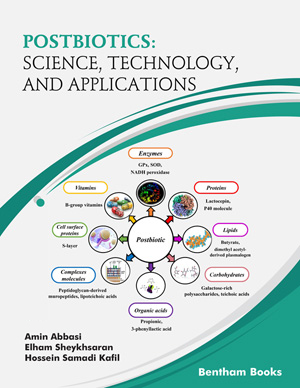Abstract
Sulfated polysaccharides have always attracted much attention in food,
cosmetic and pharmaceutical industries. These polysaccharides can be obtained from
natural sources such as seaweeds (agarans, carrageenans, fucoidans, mannans and
ulvans), or animal tissues (glucosaminoglycans). In the last few years, several neutral
or cationic polysaccharides have been sulfated by chemical methods and anionic or
amphoteric derivatives were obtained, respectively, for drug delivery and other
biomedical applications. An important characteristic of sulfated polysaccharides in this
field is that they can associate with cationic drugs generating polyelectrolyte-drug
complexes, or with cationic polymers to form interpolyelectrolyte complexes, with
hydrogel properties that expand even more their applications. The aims of this chapter
are to present the structural characteristics of these polysaccharides, to describe the
methods of sulfation applied and to review extensively and discuss developments in
their use or their role in interpolyelectrolyte complexes in drug delivery platforms. A
variety of pharmaceutical dosage forms which were developed and administered by
multiple routes (oral, transdermal, ophthalmic, and pulmonary, among others) to treat
diverse pathologies were considered. Different IPECs were formed employing these sulfated polysaccharides as the anionic component. The most widely investigated is κ-carrageenan. Chitosan is usually employed as a cationic polyelectrolyte, with a variety
of sulfated polysaccharides, besides the applications of chemically sulfated chitosan.
Although chemical sulfation is often carried out in neutral polysaccharides and, to a
less extent, in cationic ones, examples of oversulfation of naturally sulfated fucoidan
have been found which improve its drug binding capacity and biological properties.






















